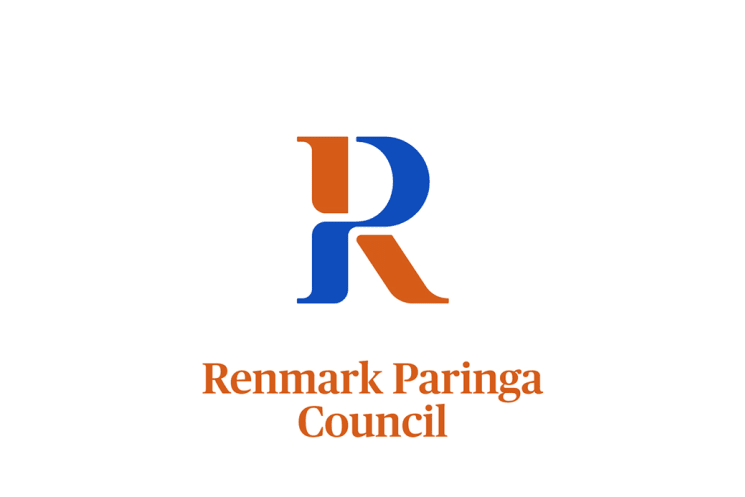
THE decision by a Riverland council to install a fence to a section of its river front, prompted by investigations into safety during public events, has become controversial with local residents.
Renmark Paringa councillors passed a motion at last week’s general meeting to install a 1.1m high fence at the edge of the lawn area between the Renmark Club and Visitor Information Centre along Murray Avenue.
Renmark Paringa director corporate and community services Tim Pfeiffer said incidents of people falling off the ledge during the 2020 Rivafest event prompted council to contact Safework SA.
“We wrote to Safework after that event and said there were some incidents there which we thought needed to be investigated,” Mr Pfeiffer said.
“They did investigate them and they identified the risk assessment for Rivafest didn’t contain anything in regard to that small, one-metre drop on the river front.
“They requested us to re-write our risk assessment, which we did, to incorporate that, which therefore means if we have events on that lawn next to the club… we need to be controlling that risk of fall.
“That therefore means we have to be putting up and pulling down temporary fencing, or we have to have some sort of permanent solution in place.”
Mr Pfeiffer said Safework SA investigations also revealed a “day-to-day” hazard for falling at the river front.
“It’s for the mum and dad sitting on the lawn having fish and chips with their toddler (and) the toddler wanders off,” he said.
“It’s a sloped piece of lawn that goes down to that drop-off onto the pavement. If a small child lost their footing on that sloped lawn and rolled down onto the pavement, it would have quite a significant consequence.
“So we want to make sure all of our public spaces are safe and useable for everyone.”
Mr Pfeiffer said temporary fencing for river-front events – costing $6000 for each use – or the installation of a garden area were also considered by councillors.
“We put the two options to council,” he said.
“One of the options was to install a garden bed along there with some nice bushes… that would effectively stop people wandering into that sloped section before the drop-off.
“That would have been very marginally cheaper, about $2000, to install. However, it still didn’t negate the fact we would have to be putting temporary fencing in and out for any events on site.
“When you start adding the costs of purchasing temporary fencing, then the set up and installation… the true cost of (a fence) is far cheaper.”
Locals voiced their disappointment about council’s plans when details about the matter were posted to the Murray Pioneer’s Facebook page last week, with many calling for temporary measures instead of a permanent fixture.
Renmark resident Peter Hale – who wrote a letter to council seeking clarification on the fence – said council’s decision was the “cheapest” option.
“It’s an unfortunate position council is in,” Mr Hale said.
“It’s a Safework SA order virtually and not just a council decision… they’ve gone with the cheapest long-term solution.
“I’m not sure it’s the best option, but financially it is.”
Mr Pfieffer said council would seek to use a similar “balustrade-style fence” to that surrounding the Renmark Club’s outdoor area.
“If you’re driving along Murray Avenue you probably won’t see much difference from road level, because we’re talking about a 1.1 metre fence in an area where it’s already sloped down,” he said.
“From the road you probably won’t see a lot. From the park itself you’ll be able to see it, but it is a modern style fence very similar to what’s around the club as it is now.”
Mr Pfeiffer said costs of installing the fence – estimated to be $26,000 – would be covered by funding from the Local Government Risk Services Risk Incentive Program.
“We’re shelling out quite a lot in terms of premiums every year, so they then provide a small portion back to us which they call the Risk Incentive Program,” he said.
“It’s a small bucket we’re allowed to use for various purposes, in order to reduce the level of safety risk council has.
“We suggested to council this was an appropriate use of that money, because it means it’s not coming directly out of ratepayers pockets, it’s not coming out of direct rate revenue, it’s not coming out of our capital plan (or) deferring some other capital works.
“It’s completely separate and it’s funded separately. We’re using money that is intended to reduce our risk profile and that’s exactly what it’s doing.”





